Introduction
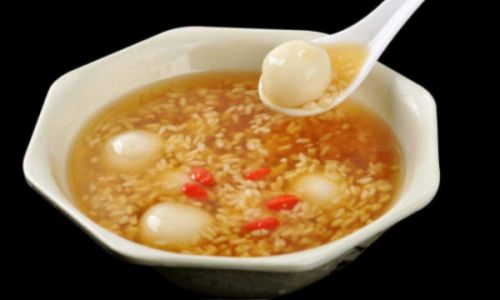
Cooking sweet rice balls in wine, a traditional dessert enjoyed across various cultures, combines the warmth of cooked rice with the sweet, intoxicating aroma of wine. This dish, often known as “tangyuan” infused with wine or “glutinous rice balls in sweet wine,” is a delightful treat that can be enjoyed during festivals, family gatherings, or simply as a comforting dessert after a long day. While the basic concept may seem straightforward, perfecting this dessert requires attention to detail and a good understanding of the ingredients and cooking process.
In this comprehensive guide, we will explore every aspect of cooking sweet rice balls in wine, from selecting the right ingredients to mastering the cooking technique. We’ll delve into the history and cultural significance of this dessert, provide step-by-step instructions, and offer tips for troubleshooting common issues. By the end of this guide, you’ll be equipped with the knowledge and skills to create a delicious batch of sweet rice balls in wine that will delight your family and friends.
Chapter 1: The History and Cultural Significance of Sweet Rice Balls in Wine
Sweet rice balls in wine have a rich history and cultural significance, varying slightly across different regions. In China, tangyuan is a traditional dessert associated with the Lantern Festival, symbolizing unity and completeness due to their round shape. When infused with wine, these rice balls take on an added layer of flavor and meaning, often served during special occasions to celebrate family and friends.
In other Asian countries, similar desserts made with glutinous rice and sweetened with wine or other ingredients are enjoyed during festivals and holidays. These dishes often carry symbolic meanings related to prosperity, fertility, and unity, reflecting the cultural values and traditions of the region.
Understanding the history and cultural significance of sweet rice balls in wine adds depth to the cooking process, making it more than just a culinary endeavor. It becomes a way to connect with tradition, honor ancestors, and celebrate life’s special moments.
Chapter 2: Ingredients and Equipment
Before diving into the cooking process, it’s essential to gather the right ingredients and equipment. Here’s a comprehensive list of what you’ll need:
Ingredients:
-
Glutinous Rice Flour: The foundation of the rice balls. Glutinous rice flour, also known as sweet rice flour, is made from glutinous rice that has been soaked, steamed, and dried into a fine powder. It gives the rice balls their sticky, chewy texture.
-
Water: Used to mix with the glutinous rice flour to form the dough. The amount of water needed may vary depending on the brand and texture of the flour.
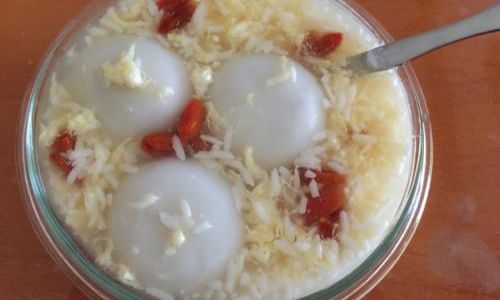
-
Sugar: To sweeten the wine and the rice balls. You can use granulated sugar, brown sugar, or even honey for a unique flavor.
-
Wine: The key ingredient that gives this dessert its name and flavor. Red wine, white wine, or a sweet dessert wine like Marsala or port can be used. The choice of wine will depend on your personal preference and the flavor profile you’re aiming for.
-
Ginger: Optional but recommended for its warm, aromatic flavor. A small piece of fresh ginger can be added to the wine while it’s simmering to enhance its taste.
-
Vanilla Extract or Vanilla Bean: Another optional ingredient to add depth and complexity to the wine.
-
Cinnamon or Other Spices: For an added layer of flavor, you can sprinkle a pinch of cinnamon or other spices on the cooked rice balls.
Equipment:
-
Mixing Bowls: For mixing the glutinous rice flour and water, and for preparing the wine mixture.
-
Measuring Cups and Spoons: To accurately measure the ingredients.
-
Pot or Saucepan: For simmering the wine and ginger.
-
Spoon or Ladle: For stirring the wine mixture and scooping out the rice balls.
-
Strainer: To remove any impurities or solid pieces from the wine, if necessary.
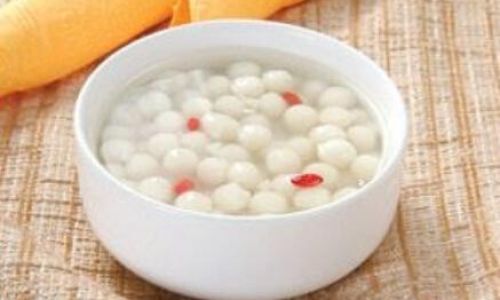
-
Bowl for Serving: A large bowl or serving dish to hold the cooked rice balls and wine mixture.
-
Chopsticks or Spoon: For serving the dessert.
Chapter 3: Preparing the Rice Balls
Making the rice balls is a crucial step in the cooking process. Here’s how to do it:
-
Measure the Glutinous Rice Flour: Start by measuring out the glutinous rice flour into a mixing bowl. The amount you need will depend on how many rice balls you want to make. As a general guide, 1 cup of glutinous rice flour will yield about 12-15 rice balls.
-
Add Water Gradually: Begin adding water to the glutinous rice flour a little bit at a time. Use your hands or a spoon to mix the flour and water until it forms a dough-like consistency. Be careful not to add too much water, as this can make the dough too sticky and difficult to work with.
-
Knead the Dough: Once the dough has formed, knead it on a lightly floured surface for a few minutes until it becomes smooth and elastic. If the dough is too sticky, add a little more glutinous rice flour. If it’s too dry, add a few drops of water.
-
Form the Rice Balls: Take a small piece of dough and roll it into a ball between your palms. Repeat this process until all the dough has been used. The size of the rice balls can vary, but they should be roughly the same size for even cooking.
-
Optional: Add Fillings: If you prefer, you can add fillings to the rice balls, such as sweetened red bean paste, peanut butter, or chocolate. To do this, flatten a piece of dough, place the filling in the center, and then seal the dough around the filling to form a ball.
-
Set Aside: Place the formed rice balls on a plate or tray lined with parchment paper or a light dusting of glutinous rice flour to prevent them from sticking together.
Chapter 4: Preparing the Wine Mixture

While the rice balls are resting, it’s time to prepare the wine mixture:
-
Measure the Wine: Pour the desired amount of wine into a pot or saucepan. The amount will depend on how much liquid you want in your dessert. As a general guide, use enough wine to cover the rice balls once they’re added.
-
Add Sugar and Ginger: Add sugar to taste and a small piece of fresh ginger to the wine. The ginger will add a warm, aromatic flavor to the mixture. If you prefer, you can also add a splash of vanilla extract or a vanilla bean for added depth.
-
Simmer the Wine: Place the pot on the stove over medium heat and bring the wine to a gentle simmer. Stir occasionally to ensure the sugar dissolves and the ginger flavors the wine. Do not let the wine boil rapidly, as this can reduce its volume and intensity.
-
Taste and Adjust: Once the wine has simmered for a few minutes, taste it and adjust the sweetness if necessary. If you prefer a stronger ginger flavor, you can let the ginger simmer in the wine for longer.
-
Remove the Ginger: Once the wine has reached your desired flavor, remove the piece of ginger with a spoon or tongs. If you used a vanilla bean, you can also remove it at this point.
Chapter 5: Cooking the Rice Balls
Now it’s time to cook the rice balls in the wine mixture:
-
Boil Water: Fill a pot with water and bring it to a boil. This will be used to cook the rice balls.
-
Cook the Rice Balls: Carefully drop the rice balls into the boiling water. They should sink to the bottom but will rise to the surface as they cook. Use a spoon or ladle to gently stir the rice balls to prevent them from sticking to the bottom of the pot.
-
Cook Until Tender: Cook the rice balls for about 3-5 minutes, or until they are tender and cooked through. They should be slightly translucent and have a soft, chewy texture.

-
Remove and Drain: Once the rice balls are cooked, use a slotted spoon to remove them from the boiling water and let them drain on a plate or tray lined with paper towels.
-
Add to the Wine Mixture: Carefully transfer the cooked rice balls to the pot of simmering wine. Stir gently to combine and let the mixture cook for an additional 2-3 minutes, allowing the rice balls to absorb some of the wine’s flavor.
Chapter 6: Serving and Enjoying
Your sweet rice balls in wine are now ready to serve:
-
Transfer to a Serving Dish: Carefully pour the wine mixture and rice balls into a large serving bowl or dish.
-
Garnish: Optionally, garnish the dessert with a sprinkle of cinnamon, a few slices of fresh fruit, or a dollop of whipped cream for added flavor and presentation.
-
Serve Warm: Serve the dessert warm, as the combination of hot rice balls and warm wine creates a comforting and delightful experience.
-
Enjoy: Gather
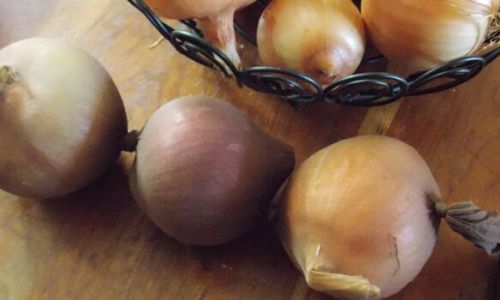
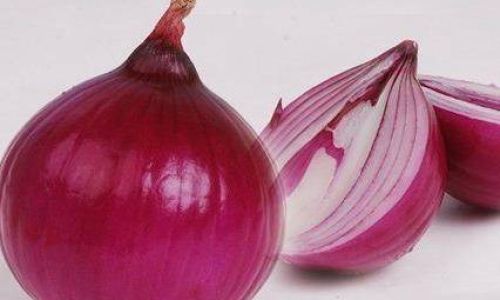


0 comments